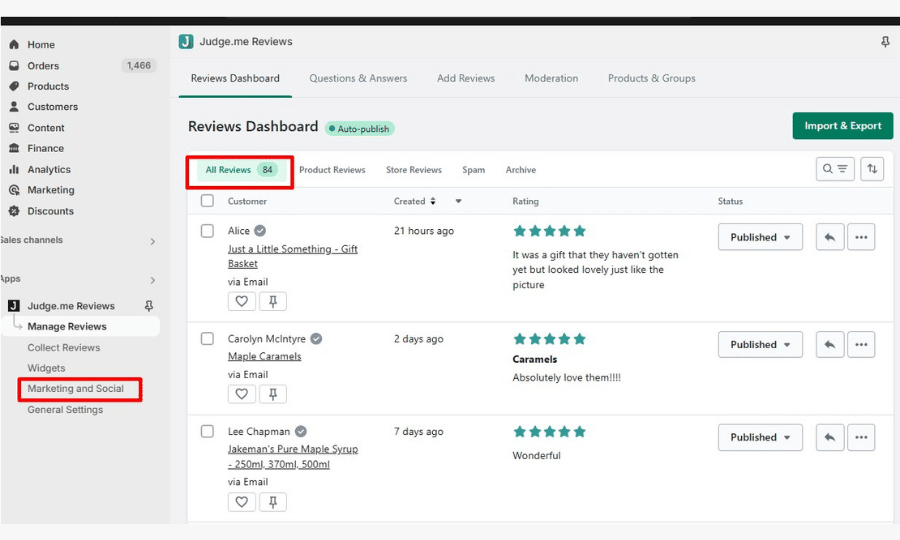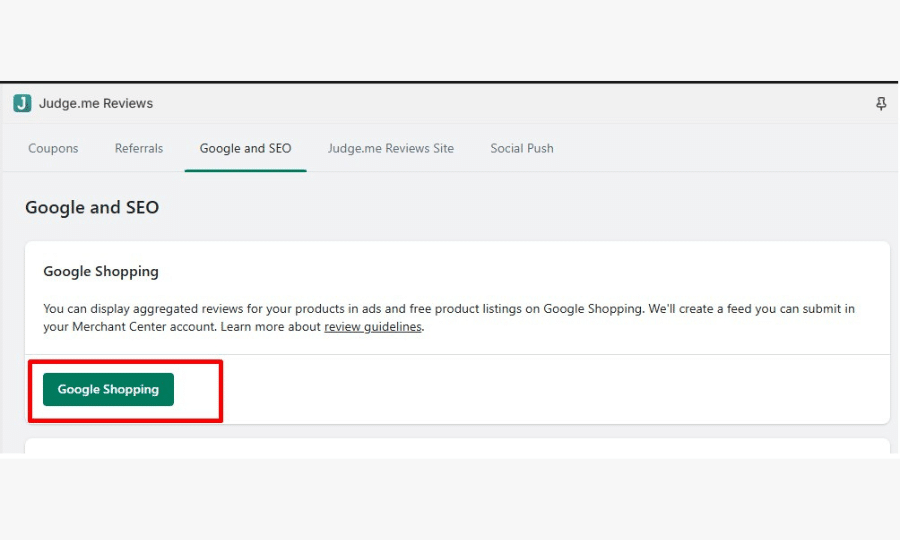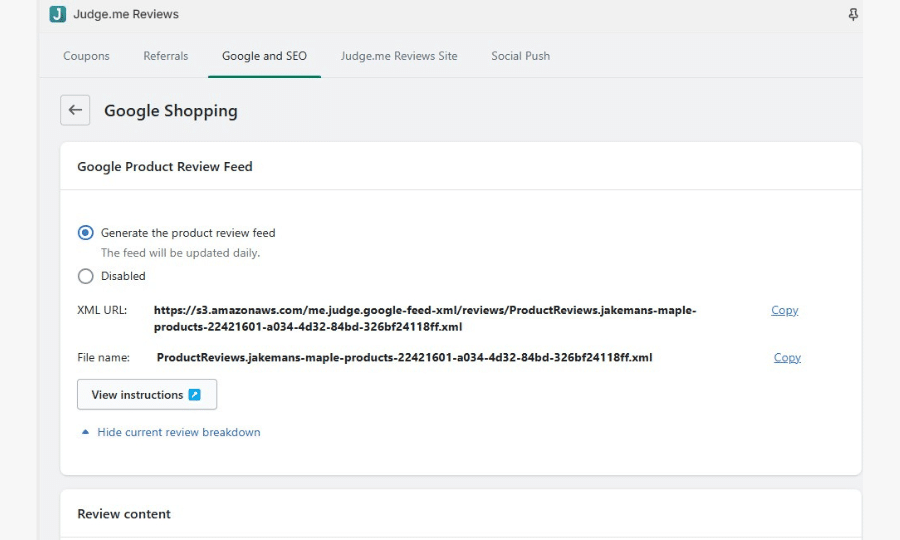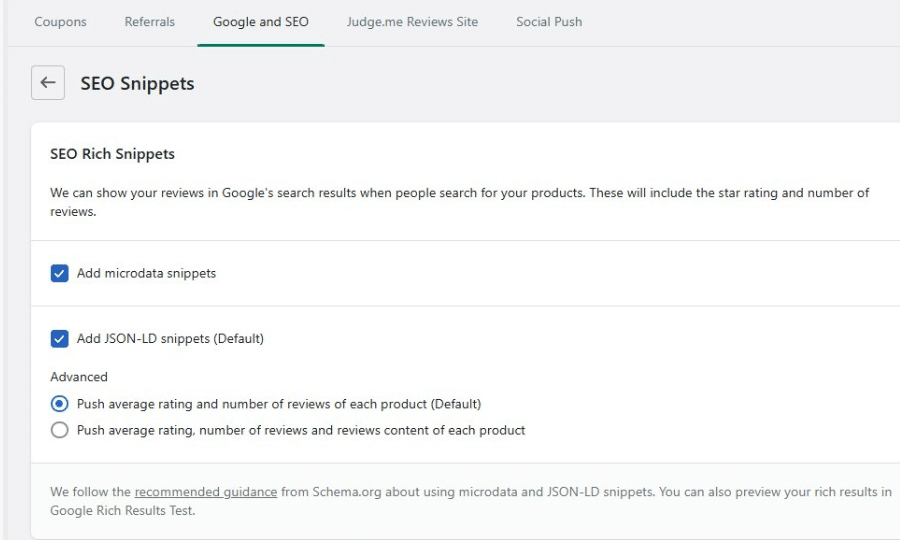Store ratings play a crucial role in helping potential customers identify businesses that deliver high-quality shopping experiences. By showcasing real feedback from past buyers, these ratings build trust and offer transparency, allowing shoppers to make more informed purchasing decisions. This added layer of credibility doesn’t just benefit consumers—it also helps merchants improve the performance of their ads and free listings. With strong ratings, businesses are more likely to attract qualified traffic, increasing the chances that visitors who land on their pages are ready to buy. In competitive markets, visible ratings can be a key differentiator that drives both clicks and conversions.
Store ratings provide clear, data-backed advantages for advertisers, helping to enhance ad performance and drive business results. On average, they lead to a 2% increase in click-through rates on Text Ads within the Search network—a boost that can translate into more qualified traffic and higher conversion potential. With automated asset performance reporting, you can monitor exactly how store ratings impact your ads, making it easier to evaluate their effectiveness and refine your strategy over time. These insights not only support smarter decision-making but also reinforce store ratings as a valuable tool for growing your brand’s reach and credibility.
Key benefits of using store ratings:
- 📈 Average 2% increase in CTR on Search Text Ads
- 🔍 Attract more qualified traffic with visible trust signals
- ✅ Measure impact easily through automated performance reporting
- 🔧 Optimize campaigns based on real-time data insights
- 🚀 Strengthen brand reputation and drive more conversions
Store ratings highlight your business’s customer experience by displaying valuable trust signals across both paid and unpaid formats on mobile and desktop, including the Search Network and YouTube. These ratings help potential customers quickly assess the quality of your store, making your ads and listings more compelling and informative. When visible, store ratings may include:
- ⭐ A rating out of 5 stars
- 📝 The total number of customer reviews received
- ⏱ A performance qualifier, such as average delivery time (if available)
- 🔗 A link to view recent customer reviews
By showcasing this information, store ratings help build credibility at a glance and support better engagement from high-intent shoppers.
Store ratings can appear in both paid and unpaid placements across Google, offering valuable social proof that helps shoppers feel confident in their purchasing decisions. In unpaid formats, store ratings may show as rich results on Search or as part of free listings in Google Shopping. These ratings display alongside a merchant’s name and often include the star rating and number of reviews, giving customers quick insight into the business’s reputation. By showing store ratings in these placements, Google helps shoppers evaluate their options and build trust in the businesses they choose to buy from.
Unpaid formats where store ratings may appear:
- ✅ Rich results: Appear in search results with star ratings and review counts
- 🛍 Free listings: Display ratings next to a merchant’s name when users browse products in Search or Shopping
- ⭐ Search results: Show ratings and review totals alongside merchant names during shopping-related queries
Store ratings also enhance Google Ads by adding a layer of credibility that can improve engagement. When your ads show a rating of 3.5 stars or higher, Google may automatically include your store rating and a relevant qualifier (such as average delivery time), signaling quality service to potential customers. To track their impact, use the Account-level Automated Assets report in Google Ads, where you can monitor impressions, clicks, and performance.
Key points about ads and reporting:
- 📢 Ads: Ratings appear with your text ads and must be 3.5+ stars to qualify
- 📊 View performance:
- In Google Ads, click the Campaigns icon
- Go to the Assets dropdown and select Assets
- Filter by Source > check Automatically created > Apply
Access Account-level automated assets via the three-dot menu
How to participate:
- Google automatically gathers store ratings from reputable review sources and customer feedback
- Once your business earns a store rating in a country, it will automatically appear on eligible ads and listings in that region
Store ratings help merchants stand out, build shopper confidence, and drive better results across both paid and organic Google surfaces.
Store ratings are based on a combination of reliable sources to ensure accuracy, consistency, and trustworthiness. Google does not alter or rewrite existing store ratings; instead, it calibrates them using an internal process that filters out unreliable or suspicious input. This includes removing spam, abuse, or reviews that appear questionable—for example, feedback that doesn’t indicate an actual transaction took place. By doing so, Google ensures that the ratings presented to shoppers reflect genuine, post-purchase experiences, which helps maintain the integrity of the rating system across platforms.
Ratings are gathered from multiple trusted sources. These include Google Customer Reviews, a free program that collects feedback after fulfillment and is managed through Google Merchant Center. Google also uses shopping reviews associated with a merchant’s domain, which come from both Google users and a network of approved third-party review partners. In addition, aggregated performance metrics from Google-led shopping research help contribute to the overall store rating. This multi-source approach ensures a well-rounded and trustworthy evaluation of a business’s customer experience.
How to Add Google Reviews to Your Shopify Store
Google Reviews can significantly boost trust and conversions for your Shopify store. Whether you prefer using a Shopify app or not, here are two simple methods to get started:
Adding reviews using the Shopify App (Tagshop)
- Go to the Shopify App Store, search for Tagshop, and install the app.
- Sign in or create an account on Tagshop using your credentials or Google account.
- Name your gallery and select Google Reviews as your source channel.
- Under “My Places,” connect the Google account linked to your business to fetch reviews.
- Select which reviews to display and remove any that don’t fit your brand.
- Auto-sync your Shopify products and tag them in the review feed.
- From the Dashboard, go to Website, choose a feed style, add CTA buttons, and save changes.
- Choose where to display your feed under Gallery Type.
- Click Generate Code, copy the embed code, and paste it into your website’s backend.
Adding reviews without using a Shopify App
- Log in or create a Tagshop account.
- Name your gallery and select Google Reviews as your source.
- Connect your Google account under My Places to pull in your business reviews.
- Moderate the review feed by removing irrelevant content.
- Go to Product Catalog, select your CMS (like Shopify), and sync your product data.
- In the Dashboard, click Website, customize the look under the Theme section, and save your changes.
- Choose your desired display location under Gallery Type.
- Click Generate Code, select Shopify, copy the code, and embed it into your site.
Both methods are user-friendly and help you showcase authentic customer feedback directly on your store. Adding Google Reviews to Shopify is a smart move for any e-commerce brand looking to build credibility and grow their business through social proof.
In addition to Tagshop, there are other reliable apps like Fera, Trustmary, and Judge.me that offer great solutions for collecting, displaying, and managing customer reviews on your Shopify store.
Why Choose Fera to Display Google Reviews?
Fera is a powerful tool that helps you showcase Google Reviews with flexibility and visual appeal, while also centralizing reviews from multiple platforms. It allows you to control which reviews are shown, display them in an attractive format, and even track their impact on your store’s performance.
Key benefits of using Fera:
- ✔️ Easily select the Google Reviews you want to display
- 🖼 Showcase reviews in beautifully designed carousels or widgets
- 🌐 Combine reviews from other platforms like Facebook in one place
- 📊 Get insights through Fera’s reporting:
- Track review interactions
- Measure revenue generated from testimonial displays
- 🚀 No need for a large number of reviews to get started
🔧 Quick and easy installation process
How to Set Up Google Customer Reviews
You can integrate Google Customer Reviews with your site in just a few simple steps:
- Sign in (or sign up) to your Google Merchant Center account.
- In the top-right menu, go to Merchant Center programs.
- Find the Google Customer Reviews card and click Get Started.
- Accept the program agreement.
- Add the survey opt-in code to your website.
- (Optional) Add the badge code to your site to display your Google seller rating visibly.
Fera complements this setup by letting you showcase those reviews in a way that’s optimized for aesthetics, engagement, and performance tracking.
Why Choose Trustmary?
Trustmary is a user-friendly tool designed specifically for service-based businesses looking to grow through customer experience. It helps you showcase real feedback from real people, making it easier to build credibility and convert visitors into loyal customers—no coding required.
How to Add Google Reviews to Shopify with Trustmary:
- Connect your Google Reviews by using your business name or Google Maps URL.
- Embed a Google Review widget on your Shopify site effortlessly—no coding needed.
- Customize the widget to match your site’s style for a seamless look.
- Continuously collect new Google Reviews, keeping your store content fresh and trustworthy.
With Trustmary, displaying and gathering reviews is simple, stylish, and built to support your business growth.
Why Choose Judge.me?
Judge.me is a powerful review platform designed to help Shopify merchants collect and display customer reviews with ease. It offers seamless integration, allowing you to automatically request reviews after purchase and showcase them across your site in customizable widgets. To get started, simply install the Judge.me app from the Shopify App Store and set up your preferences for email requests and display settings. Connect your store, enable the automatic review request feature, and choose where you want reviews to appear—such as product pages, collection pages, or a dedicated reviews tab. You can also import existing reviews, add photos or videos, and display star ratings in Google search results. With Judge.me, building trust and social proof through reviews becomes a streamlined, impactful part of your e-commerce strategy.
In this example, we’ll be using the Judge.me review platform.
- Check to be sure that you have more than 50 reviews.
- Go to Marketing and Social


Google and SEO -> Google Shopping

SEO Rich Snippets ->

Conclusion
Integrating Google Reviews into your Shopify store is a powerful way to boost trust, improve customer engagement, and drive more conversions. Real customer feedback serves as social proof, helping shoppers feel confident in their purchase decisions—especially when discovering your brand for the first time. With the ability to showcase star ratings, written experiences, and even photos or videos, Google Reviews bring authenticity to your storefront. Whether displayed on product pages, your homepage, or throughout the buyer journey, these reviews play a key role in strengthening credibility and increasing visibility across both paid and organic search results.
To make this process seamless, reliable tools like Tagshop, Fera, Trustmary, and Judge.me offer different ways to connect, display, and manage your Google Reviews. Tagshop is great for creating shoppable galleries using real customer content, while Fera allows you to customize displays and measure the impact of reviews on conversions. Trustmary focuses on collecting and embedding testimonials effortlessly, perfect for service-based businesses, and Judge.me provides a robust review collection system with automated requests and performance insights. Each app caters to specific needs, making it easy for any Shopify merchant to find the right fit and turn reviews into a growth-driving asset.

